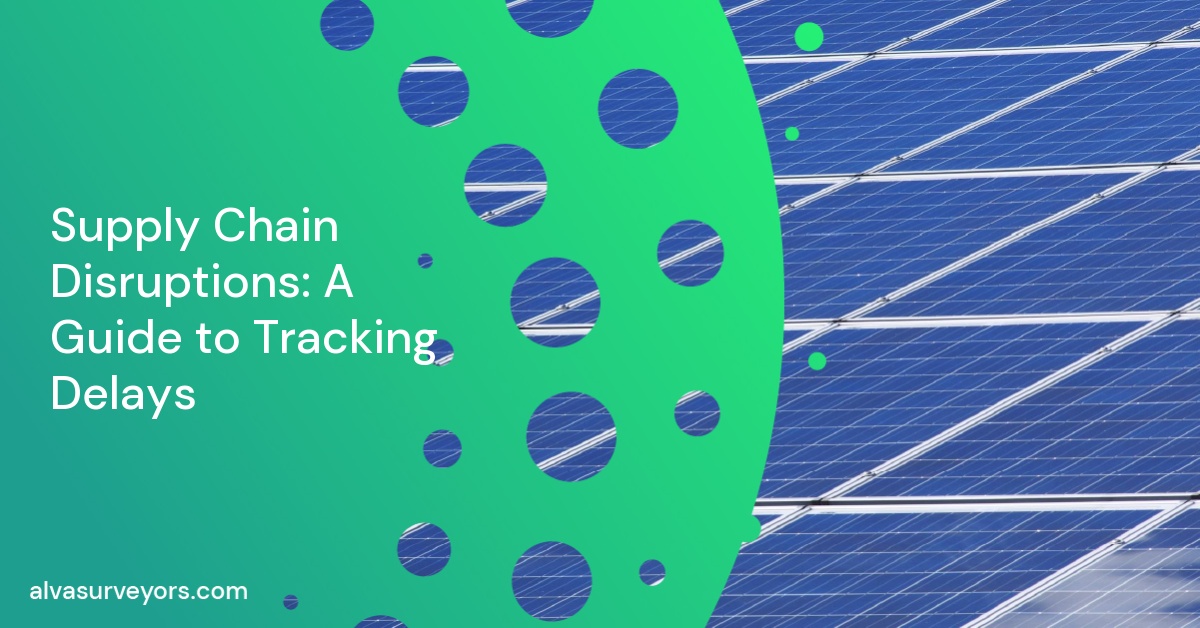Supply chain disruptions are costly for companies both within the industry and the broader economy. They can also be costly for individuals, particularly those who are impacted by shortages of critical products. Disruption is a sudden drop in the supply of a commodity that can impact the ability of a company to provide a product or service. In other words, supply chain disruptions can impact a company’s ability to deliver a product or service to its customers. In this blog post, we’ll explore the various types of disruptions and what you can do to track disruptions in your supply chain.
Types of Supply Chain Disruptions:
Disruptions come in many shapes and sizes. They can occur at any point along the supply chain, from upstream suppliers to retailers. When tracking such disruptions, it is essential to consider both their magnitude and duration. Some disruptions might involve a large quantity of supply, while others might be limited to a single supplier.
- Lost or Delayed Inventory Within the Supply Chain
This is probably one of the most common disruptions that can occur within a supply chain. A disruption of this type generally involves significant economic loss over an extended period. This could be due to a number of factors, such as transportation issues, labor issues, production difficulties, and bad weather events. For example, suppose one of your suppliers has their factory shut down due to flooding. In that case, you might face inventory shortages for several weeks, impacting deliveries to your customers.
- Shortage of Supply for Critical Parts or Materials
Critical part shortages are often associated with disruptions that occur in power generation, chemicals, or other heavy industries. If one of your suppliers experiences a disruption in the power generation business, you might face a shortage of capacitors needed to produce key products within your manufacturing process.
- Increased Production Costs
This may be due to increases in the price of machinery, equipment, or raw materials required for manufacturing the product/service you provide. If one of your suppliers is forced to source an essential raw material from a higher-cost alternative supplier, you might be facing increased costs.
- Natural Disasters
These can be very difficult to foresee, but their impacts on supply chains are often serious. For example, the Covid-19 pandemic impacted the supply of many products globally, including tissue paper in the US, leading to shortages throughout the supply chain.
- Reduced Capacity Levels and Higher Costs
This is often associated with either too much demand or a lack of access to the necessary resources. If you are in a business that has seen increased demand, your supplier might be having trouble keeping up with deliveries and might need to reduce capacity levels to meet the demands needed.
- Increases in Taxation
Higher taxation can also impact business costs and potential supply chain disruptions. If your supplier is forced to pay higher taxes, they might need to raise their prices, impacting the availability of supplies required for manufacturing.
- Rising Energy Prices
Similar to taxation, this can also get passed down the line in the form of increased costs for energy inputs required in manufacturing products/services. If you are affected by rising energy prices, this could lead to disruptions as your supplier struggles to meet the increased costs needed for manufacturing.
How To Track Your Supply Chain Disruptions
- Keep a Close Eye on Your Inventory
Changes in stock levels are often an undetected indicator of potential supply disruptions.
- Monitor Customer Complaints and Pre-notification Emails
If you are experiencing higher than normal numbers of customer complaints, this might be an indicator that there could be issues with your supplier.
- Review Any Logistical Documentation
If you are using 3rd-party logistics providers (3PLs) to manage your supply chain, they might be sending out notices of potential disruptions.
- Monitor Social Media Channels
Social media can often provide an unrivaled level of transparency into what is happening in the world around us.
- Set Up Monitoring Alerts
Setting up alerts through tools like Symplified can allow you to stay up to date with your supply chain, even when you are away from the office.
Supply Chain Disruptions Wrap Up
No business can afford to let its guard down when it comes to disruptions in the supply chain. Effective communication tools, along with sustained vigilance against potential issues, will help you maintain control over your processes and operations. Disruptions in our supply chains can be difficult at best and catastrophic at worst. We hope that this article has given you a better idea of the potential impacts they can have on your business and how to keep yourself informed of any issues as they arise.






